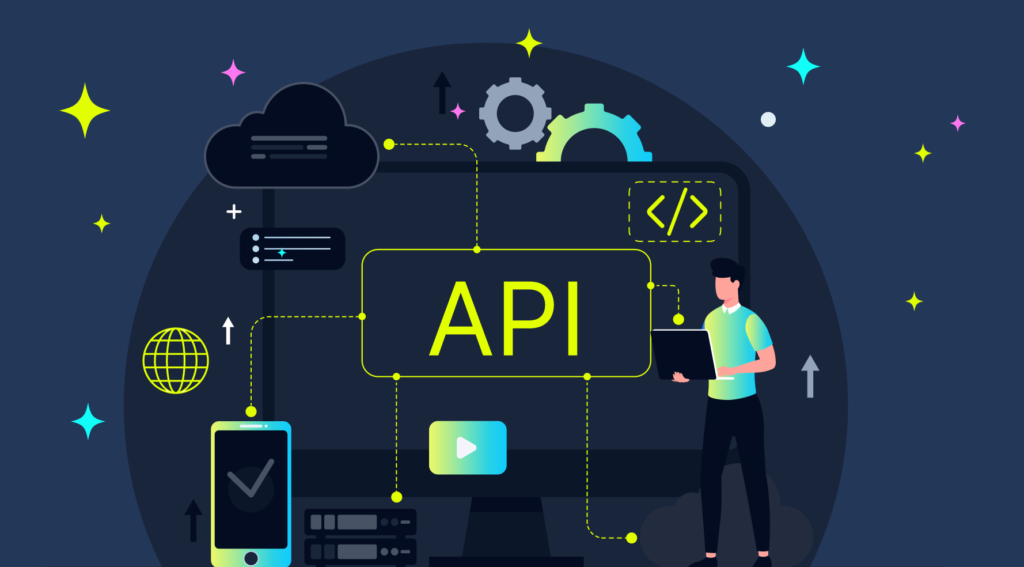Introduction:
As a software developer, one of the most exciting changes in recent years has been the shift to API-first development and microservices architecture. This blog will examine the basics of these changes and explore how they are changing technology.
API-first development
API-first development is a method that prioritizes the development of application interfaces (APIs) above all else. Growth cycle. In other words, the first task to solve when creating a new software application is creating the API. This approach brings significant change, fosters a better user experience and encourages faster, better development.
Traditionally, APIs were viewed as a by-product of the development process. However, the API-first concept recognizes and treats APIs as basic development tools that form the structure of an application. The following approach has the advantage of focusing on API quality, which can be beneficial for the product as a whole.
On a larger scale, this approach can support scalability. It encourages software developers to separate their products into independent services that can grow on their own. It also helps separate front-end and back-end development, increasing the speed, functionality and flexibility of the entire application development process.
Alongside API-first development, there is also the rise of microservices architecture, a specialized approach to building software systems. Unlike monolithic architecture, which forms an application as a unified unit, microservices divide an application into a set of services that can be deployed independently.
Microservice Architecture
Each service in a microservice architecture is a small, independent unit that communicates through APIs and performs specific tasks. The key benefit is that these services can be developed, implemented, and evaluated independently. By assigning a dedicated team to each microservice, organizations can quickly and easily implement features and identify and fix issues without impacting the entire service ecosystem.
Also, microservices architecture provides freedom of expression – different groups working on different services can use languages and technologies appropriate to their particular service.
However API-first development and microservices architecture face problems and challenges. These include managing communication between services, maintaining consistent information across services, and the complexity of testing and debugging. But the benefits of scalability, flexibility, and speed often outweigh the challenges.
Conclusion:
API-first development and microservices architecture are game changers in today’s technology world and are revolutionizing the ups and downs of software development. Although there are inherent challenges, the potential benefits of these strategies are enormous; faster, more efficient and effective support.

